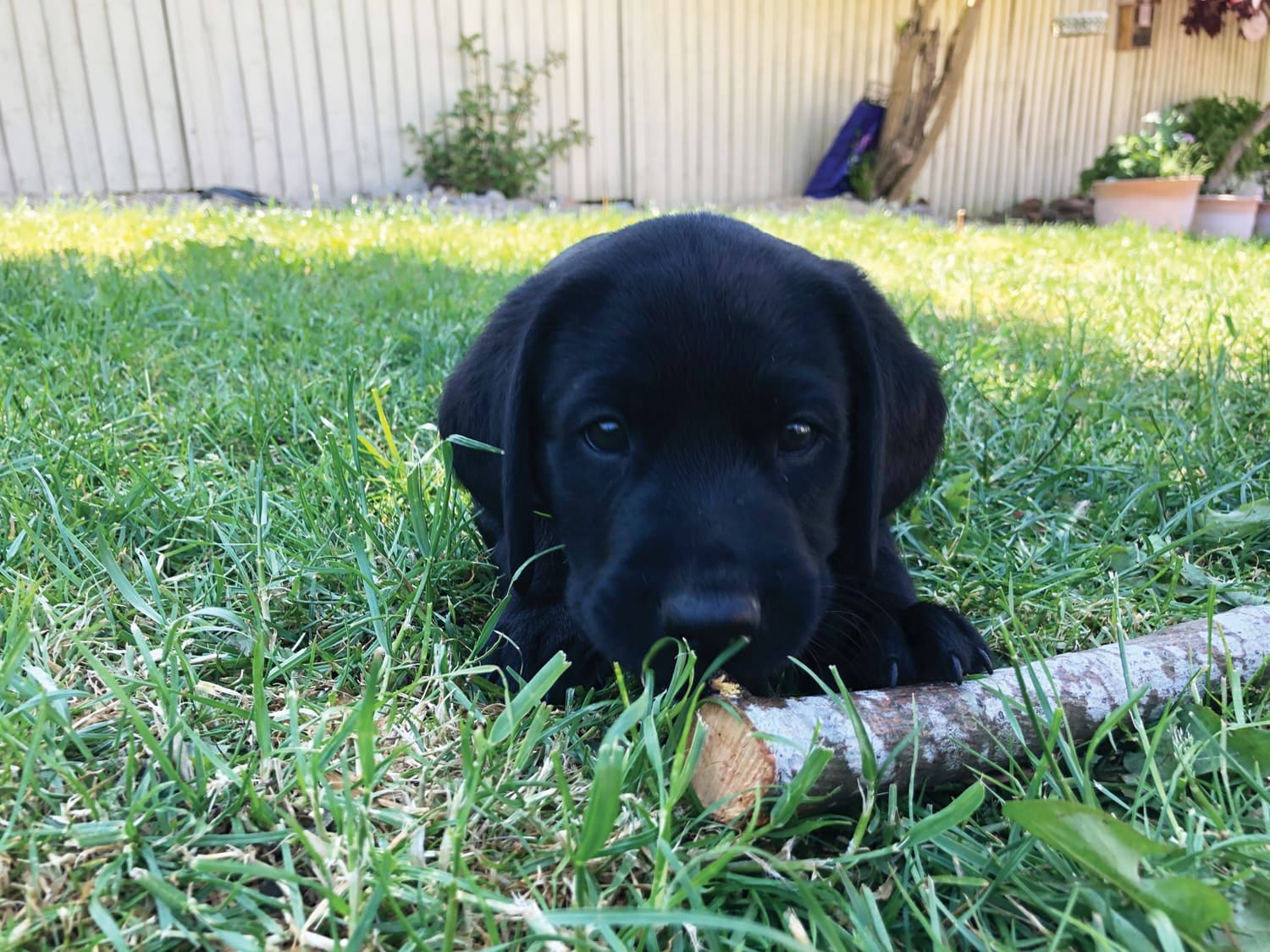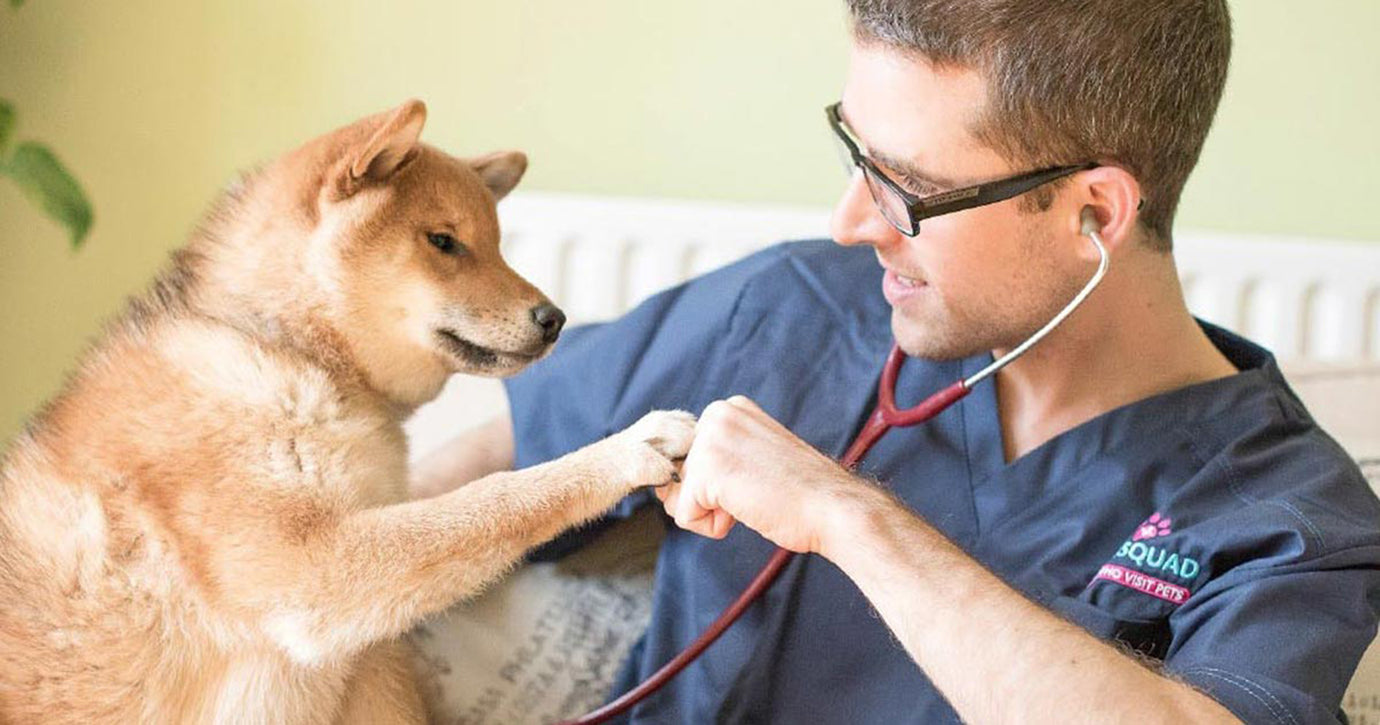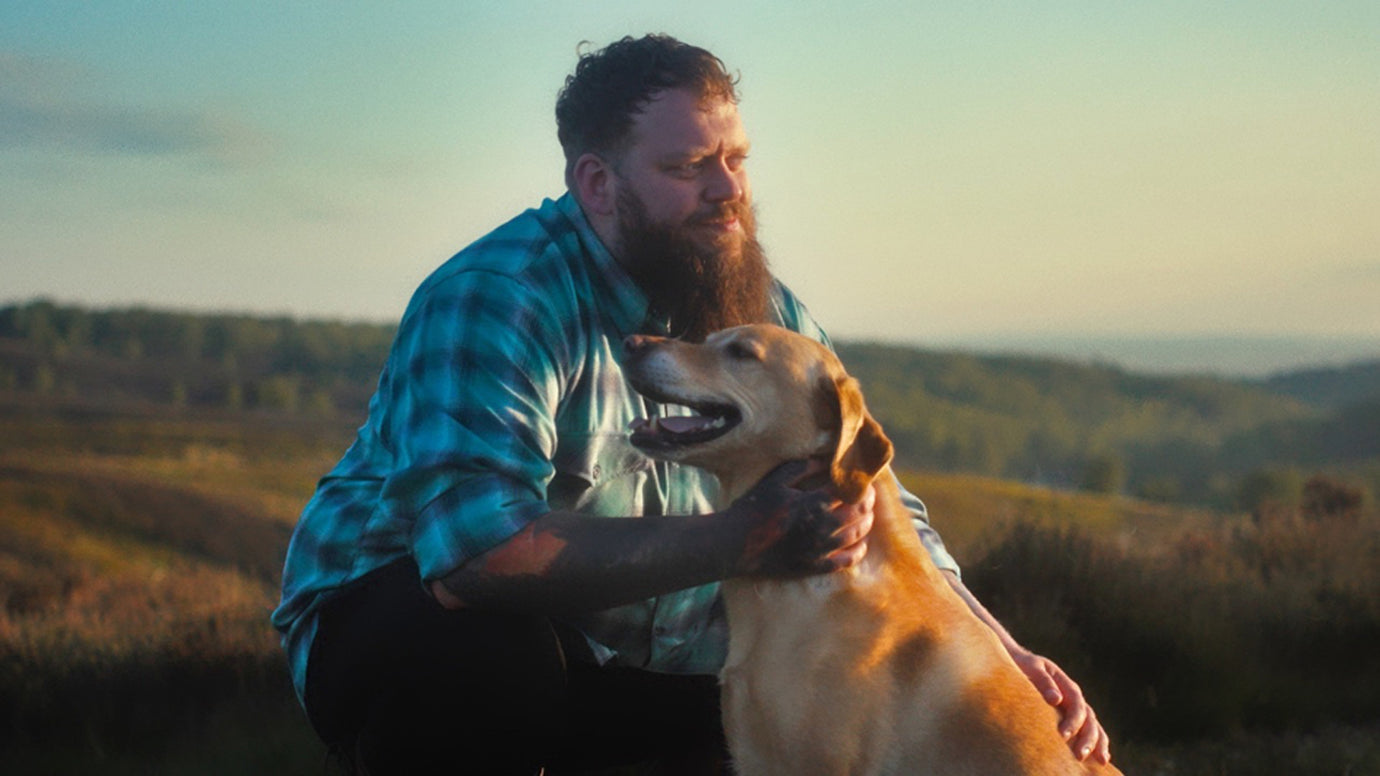Puppy training: What are the very first commands you should teach a puppy, and why?

When you get a new puppy, you should begin training them more or less from the get-go, beginning by setting the rules and routine that you expect them to follow from the very first day that you bring them home.
Many people wrongly assume that you should wait until your pup has lived with you a few weeks before you introduce rules and training commands, but this is actually a poor way to go about things.
Starting as you mean to go on with rules and boundaries means that your pup knows where they stand from the get-go, and never know any differently; whilst letting them do things when you first get them and then introducing rule to stop these things later (such as jumping up, or getting on the sofa) can be very confusing for a dog, and will take them much longer to learn.
Sometimes, a new pup when young will only need correcting or telling something a couple of times before they will reliably comply, but if a behaviour becomes ingrained or permitted, reversing this later on can be very hard work.
Additionally, when it comes to training commands and the very first commands you teach your new puppy, waiting until they’re several months old to begin will only hold back their learning process, and can actually make beginning to teach them that much harder.
This means that the best approach is to set your pup’s rules and routine from day one, and begin introducing those very first training commands in sessions of just a minute or two in length a few days later; but what are the very first commands you should teach a puppy, and why?
This article will tell you the answers. Read on to learn more.
Why does it matter which commands you teach first?
Why does it actually matter what order you teach your puppy the
commands you want them to follow? Well, first of all every dog has a limit to how many commands they can learn and recall in total.
This can be vast for some but very limited for others, with dogs at the lower end of the canine intelligence spectrum like the Afghan hound and the English bulldog often struggling to learn and execute just five commands in total with any reliability.
Additionally, the first commands you teach a dog should be key commands that will help to keep them and other people safe – after all, it would be foolish to teach a dog to shake hands if you haven’t already taught them a command that might keep them from running head-first into traffic.
Finally, the first commands a dog learns should also be commands that are fairly easy to teach and recall, as they will teach your dog not only what to do when given the command itself, but what training is, how it all works, and how to listen and follow direction to learn new things, laying the groundwork for all of the other commands they will learn later on.
Paying attention to their name
First up, teaching a dog their name might not seem like a command as such, but it is a form of conditioning that lays the groundwork to make teaching your dog to recognise and assign meaning to other words later on easier. It can also be combined with other commands, to render them more effective.
Teaching your dog their name and to show recognition of it by looking to you means that your dog pays attention to you when you use their name; and getting their attention in the first place is of course vital to getting a dog to comply with any command. Ergo, using your dog’s name before issuing other commands can help to improve compliance, making their own name the first thing a puppy should learn and respond to!
Sit
The first direct command that dogs generally learn is the “sit” command, and there are a number of reasons for this, not least that this is widely recognised as the easiest command to teach. This is because it is a simple, short and easy to remember word and one that you can demonstrate to the dog and if needed, use a hand to show them what to do when you give it.
This then sets the tone for the dog’s later learning of other commands, introducing them to the concept of training as well as the command itself.
Stay
“Stay” is a natural evolution of the sit, and this also ups the game
somewhat as it is asking your puppy to have to fight their innate
instinct to go with you or stay with you when they want to, instead following conditioning to learn and obey a command.
This is rather more challenging than teaching the “sit” but is a good follow on from it, and a good foundation for other more challenging commands later.
Come
“Come here” or the basic recall command is a vital one, and part of building good recall skills in any dog; recall widely being accepted as the very hardest command to teach and achieve reliable compliance with.
This is a low-stakes command at first as puppies want to go to their owners, but it is a skill that is built on over time and in the field, when play, prey drive, and other distractions can split your dog’s attention.
No or stop
Finally, “no,” or a universal “stop that” command has an almost limitless range of applications when your pup complies reliably. It can be used to stop the pup from jumping up, chewing something naughty, playing too aggressively, or any number of other things.
This command is another one that starts simply but can get more challenging, but is vital to stop a pup in their track when they’re doing something they shouldn’t be!
(Article source: Pets 4 Homes)





